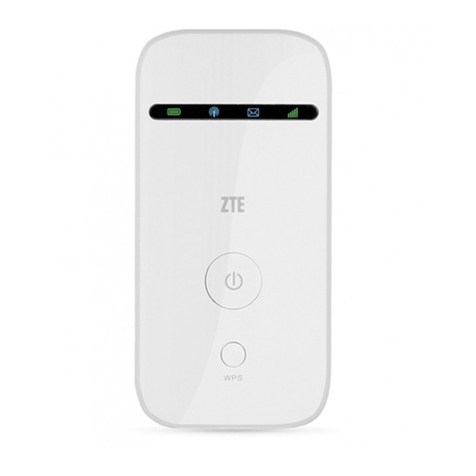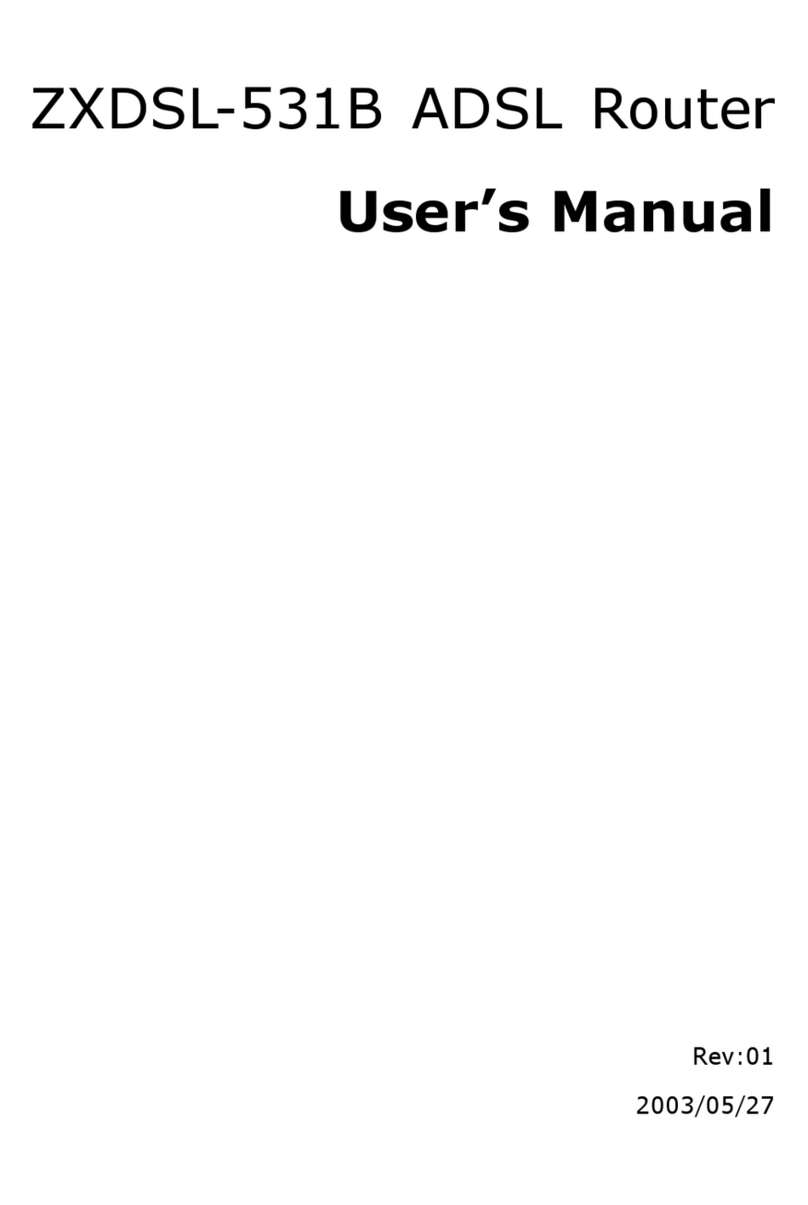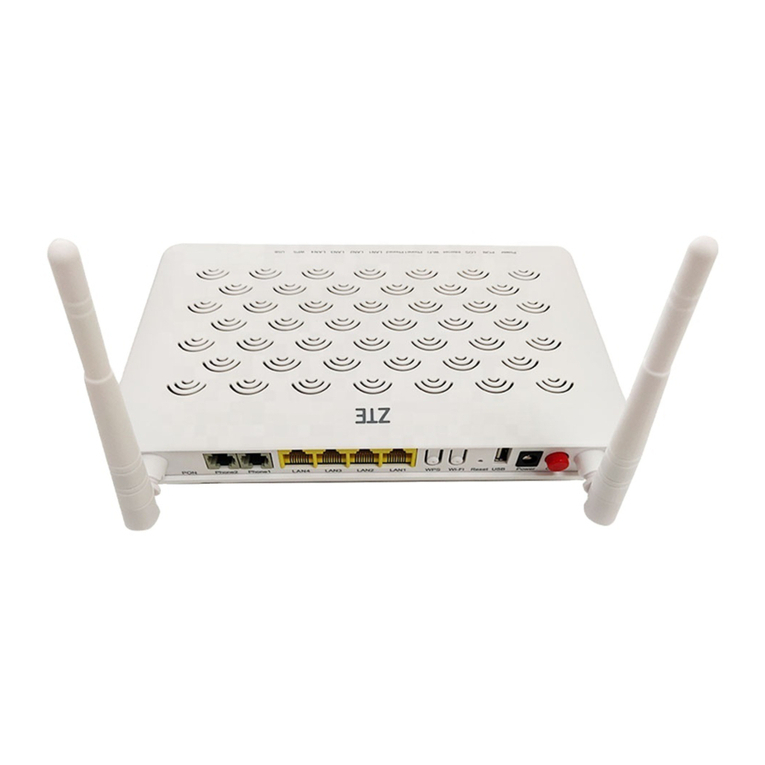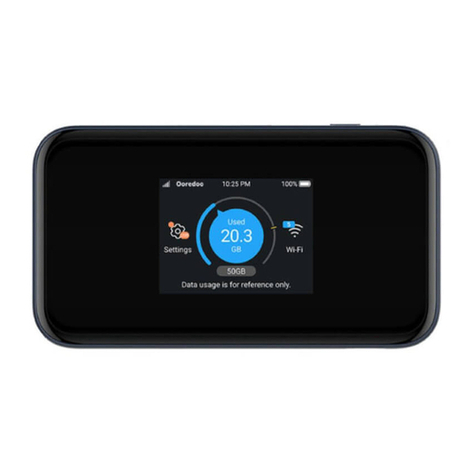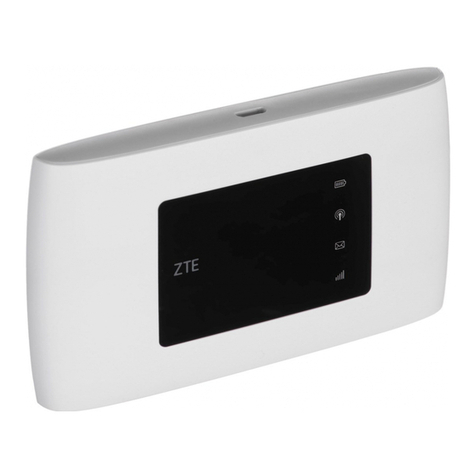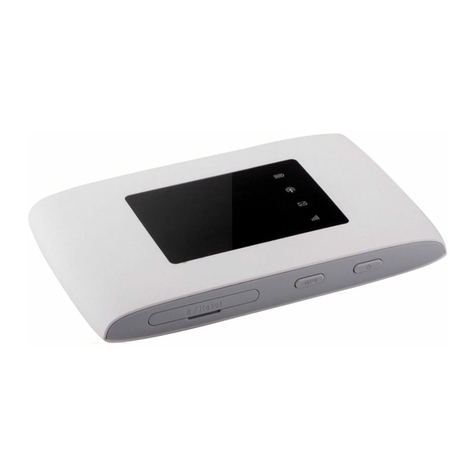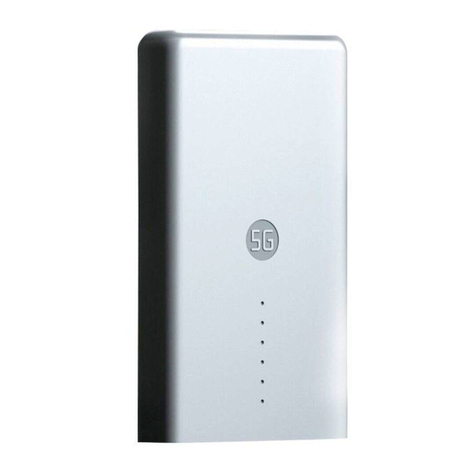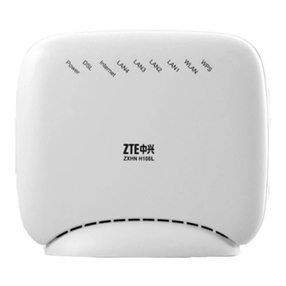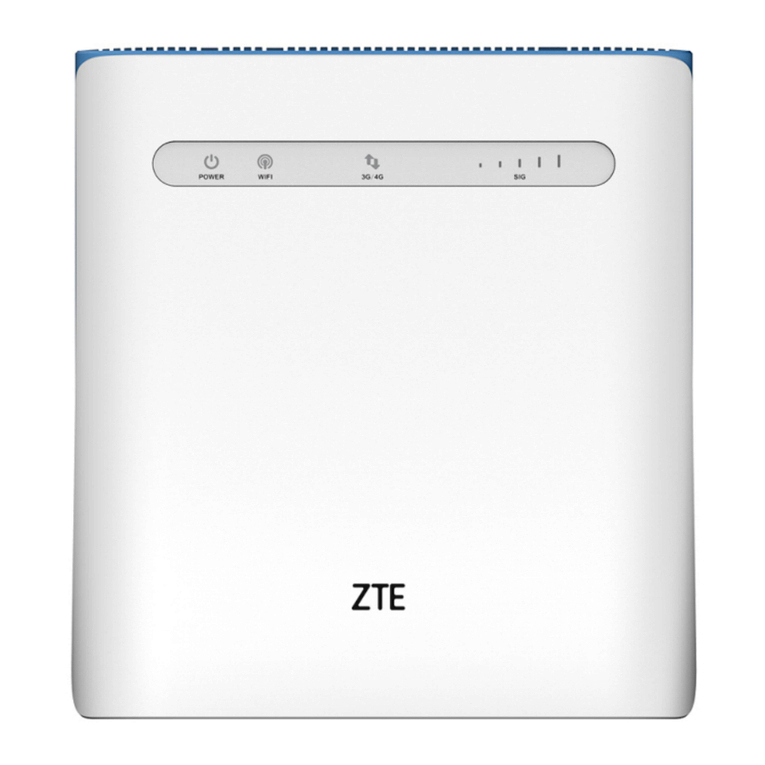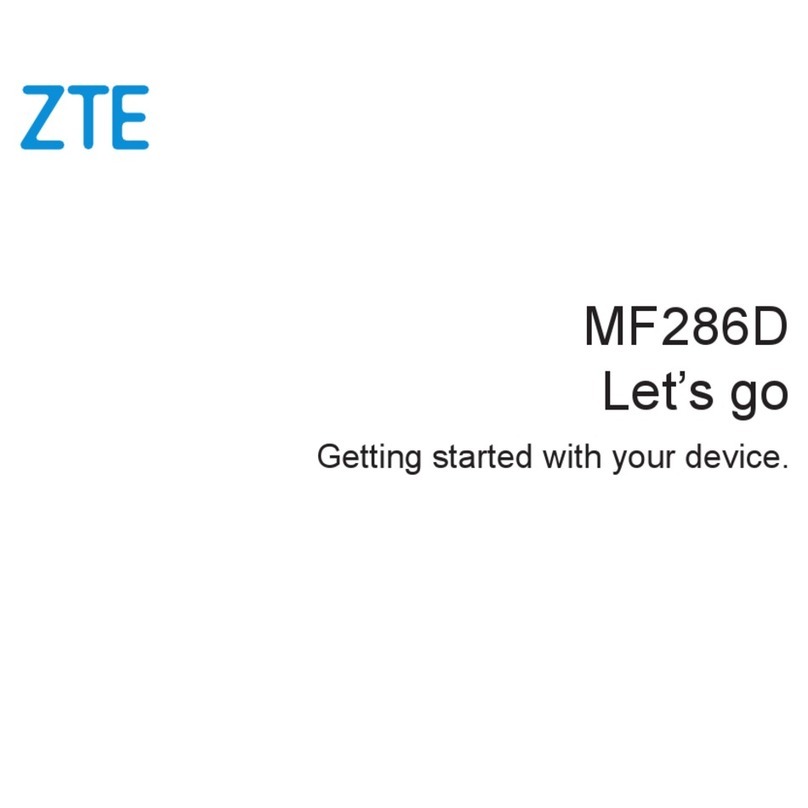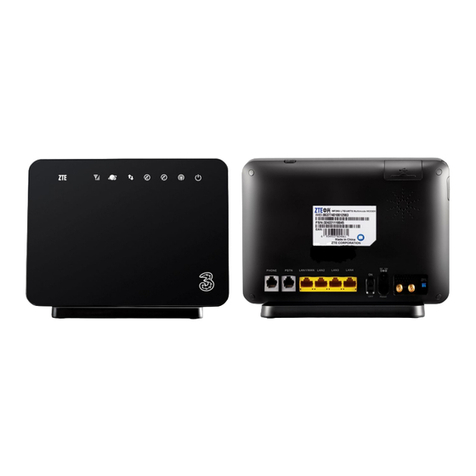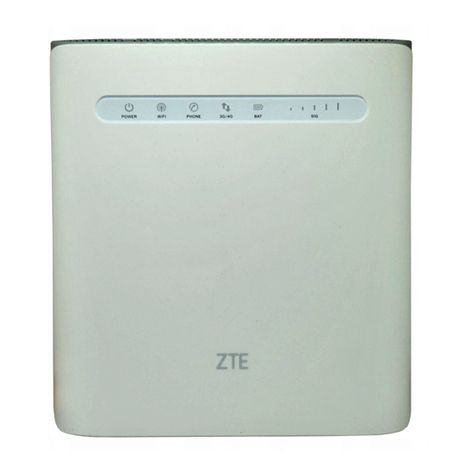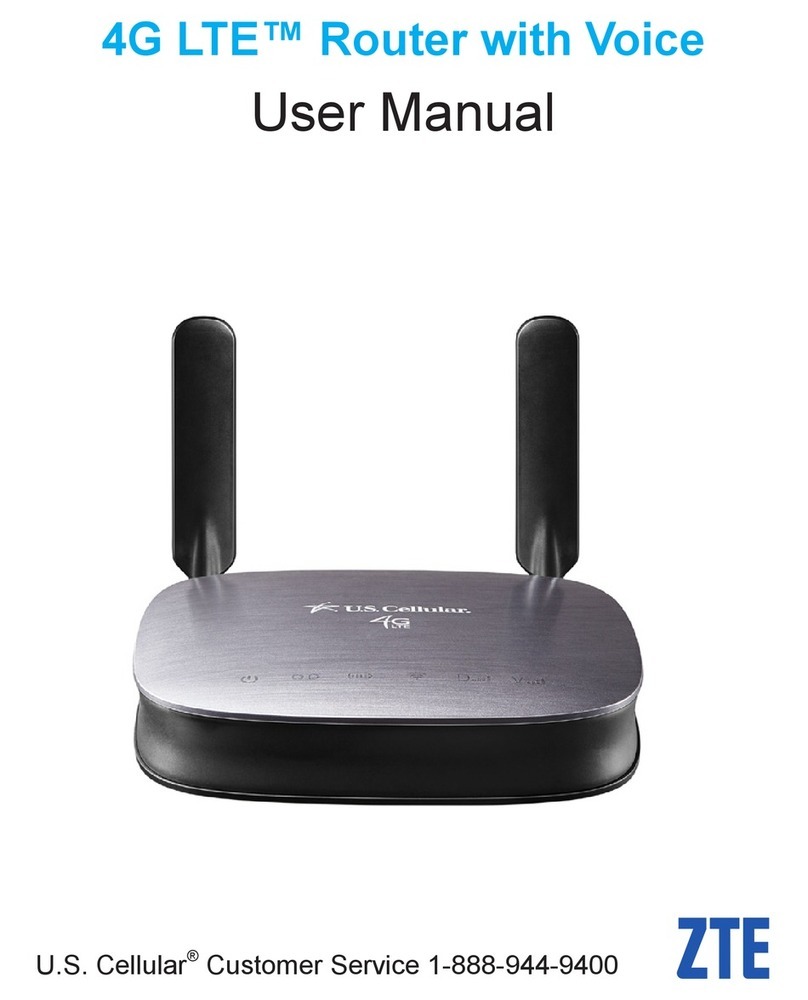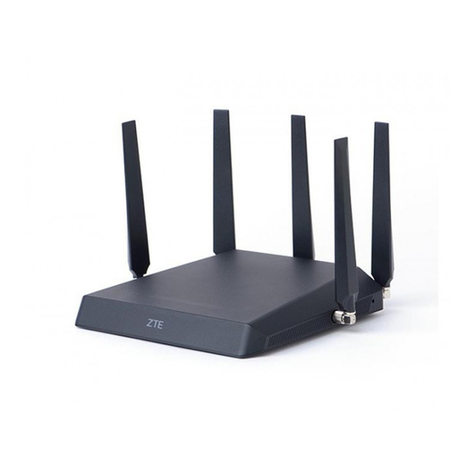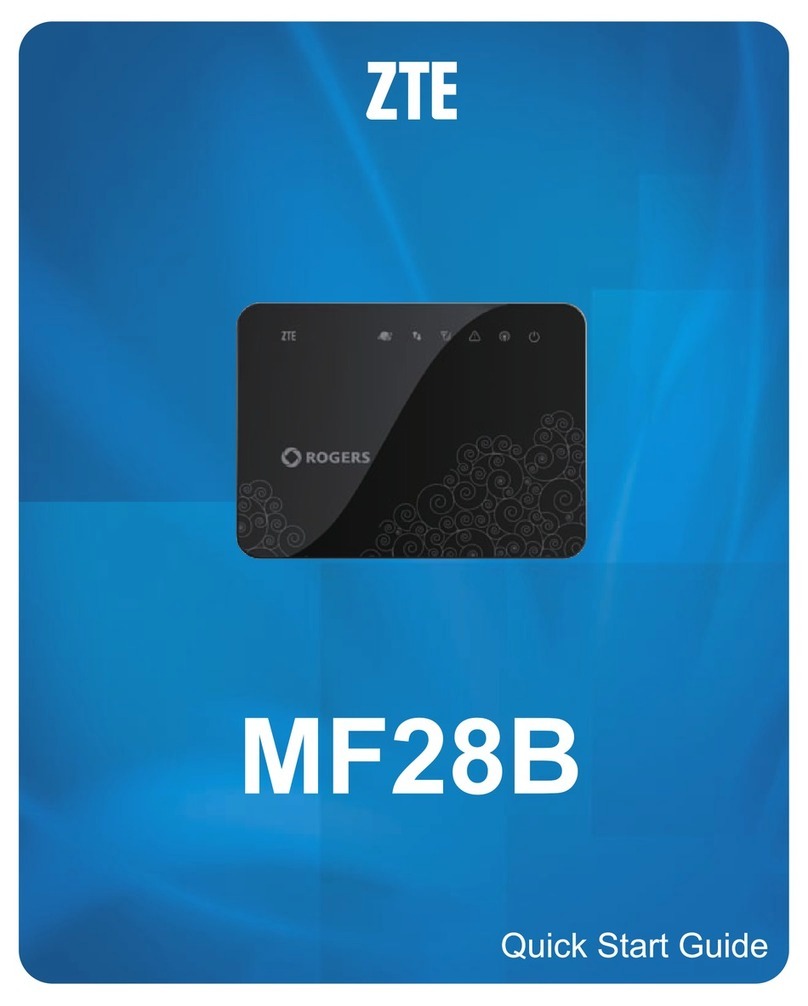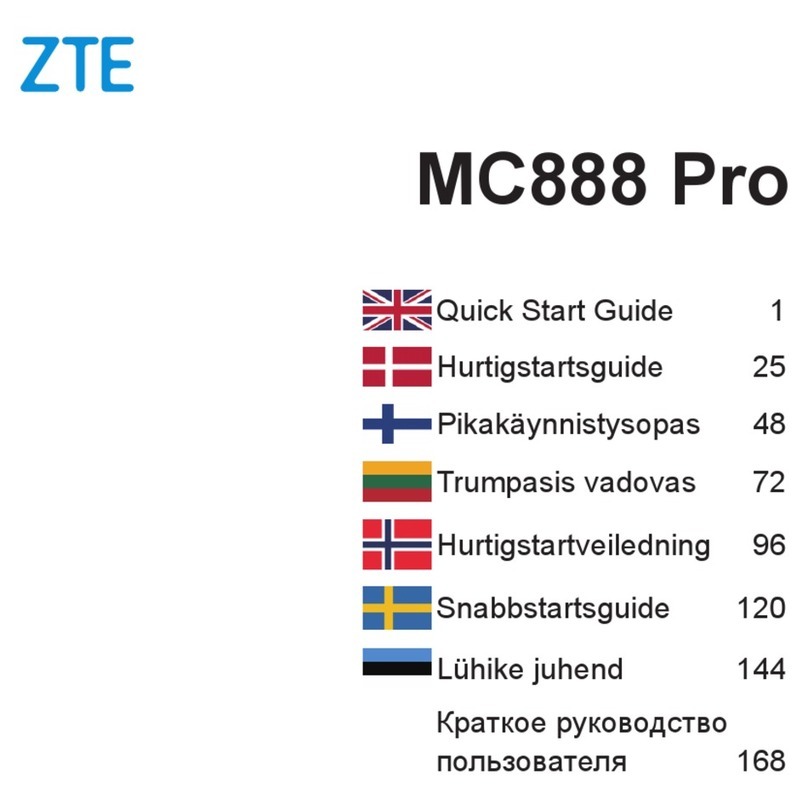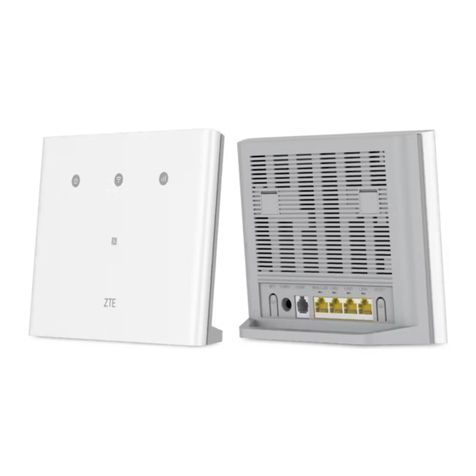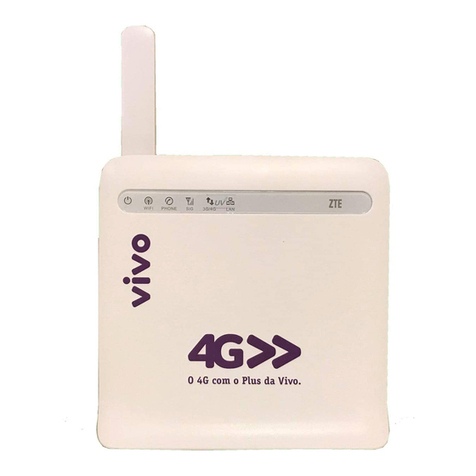ZXR10 ZSR V2 Series Router Product Description
ZTE Confidential & Proprietary 3
3.6.1 Flow Classification and Flow Tag....................................................................... 33
3.6.2 Traffic Monitoring............................................................................................... 33
3.6.3 Traffic Shaping................................................................................................... 33
3.6.4 Queue Scheduling ............................................................................................. 33
3.6.5 Congestion Avoidance....................................................................................... 34
3.6.6 MPLS QoS......................................................................................................... 34
3.7 Security Features............................................................................................... 35
3.7.1 ACL.................................................................................................................... 35
3.7.2 Anti-IP source attacks........................................................................................ 37
3.7.3 Anti-ARP attacks................................................................................................ 37
3.7.4 Firewall.............................................................................................................. 38
3.7.5 Multiple Security Authentications ....................................................................... 42
3.7.6 URPF................................................................................................................. 44
3.8 Network Reliability ............................................................................................. 44
3.8.1 Ping Detect........................................................................................................ 44
3.8.2 BFD ................................................................................................................... 44
3.8.3 FRR................................................................................................................... 45
3.8.4 VRRP................................................................................................................. 46
3.9 IPv6 Features .................................................................................................... 47
3.9.1 Basic Function of IPv6 ....................................................................................... 47
3.9.2 IPv6 Unicast Routing Protocol............................................................................ 47
3.9.3 Multicast Routing Protocol ................................................................................. 49
3.9.4 IPv6 Tunnel........................................................................................................ 49
3.9.5 6PE.................................................................................................................... 53
3.9.6 6VPE ................................................................................................................. 53
3.9.7 NAT64 ............................................................................................................... 54
3.10 NAT ................................................................................................................... 55
3.11 Network Management Features......................................................................... 56
3.11.1 NetNumen™ Integrated Network Management Platform.................................... 56
3.11.2 NETFLOW......................................................................................................... 57
3.11.3 Network Layer Inspection................................................................................... 58
3.12 System Operation and Maintenance.................................................................. 58
3.12.1 Multiple Configuration Methods.......................................................................... 58
3.12.2 System Policing and Maintenance..................................................................... 58
3.12.3 Diagnosis and Debugging.................................................................................. 60
3.12.4 Version Upgrade................................................................................................ 60
4System Architecture........................................................................................ 61
4.1 Product Appearance.......................................................................................... 61
4.1.1 The Appearance of ZXR10 3800-8 .................................................................... 61
4.1.2 The Appearance of ZXR10 2800-4 .................................................................... 63
4.1.3 The Appearance of ZXR10 1800-2S/2S(G)/2S(W)............................................. 64






